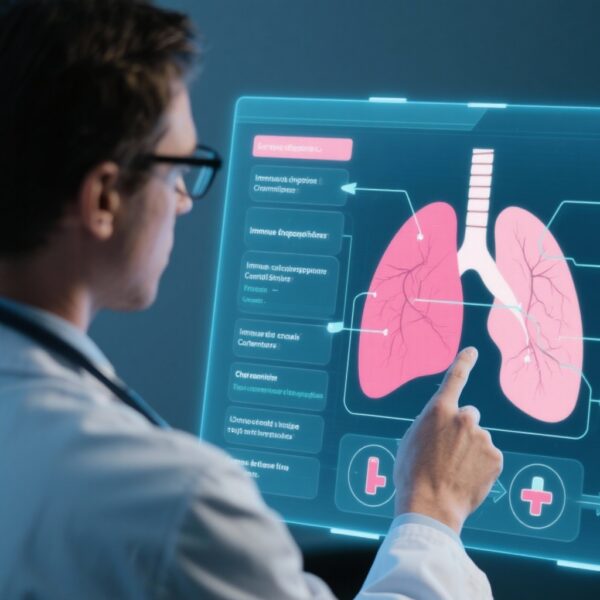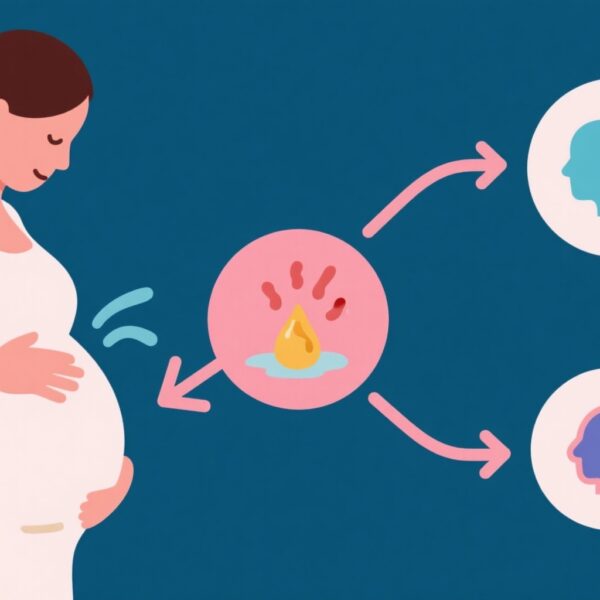Introduction
Antimicrobial resistance (AMR) poses a significant threat to global health, with Escherichia coli being a prominent pathogen responsible for urinary tract infections, bloodstream infections, and other clinical conditions. Accurate surveillance and prediction of antimicrobial resistance are critical for guiding effective treatment strategies. While databases catalog resistance genes and mutations, understanding their quantitative impact on drug susceptibility remains incomplete. This study aims to quantify the effects of acquiring specific resistance genes on the minimum inhibitory concentrations (MICs) for various antibiotics, providing a more precise interpretative framework.
Study Background and Rationale
The increasing prevalence of resistant E. coli strains complicates treatment decisions and contributes to poorer patient outcomes. Most existing resistance prediction models are based on binary classifications—resistant or susceptible—but these lack granularity, impeding nuanced clinical decisions. Recognizing variation within MIC values and linking them to genetic determinants offers a promising approach to improve predictive accuracy and interpretability. The current study addresses this gap by analyzing a substantial collection of clinical E. coli isolates, integrating whole-genome sequencing data with MIC measurements, to elucidate how specific genetic elements quantitatively influence resistance levels.
Methods
This observational study analyzed 2,875 E. coli isolates sourced from human urinary and bloodstream infections in Oxfordshire, UK, collected between 2013 and 2018, with additional data from 2020. Whole-genome sequencing was performed on each isolate, and resistance genes were identified using the NCBI AMRFinder database. MIC data for various antibiotics, including cephalosporins and other commonly used agents, were linked to each isolate. Multivariable interval regression models estimated the change in MIC associated with acquisition of specific resistance genes and mutations, adjusting for population structure as necessary. Model performance in predicting MIC and resistance phenotype was evaluated through leave-one-out cross-validation, assessing the accuracy of predicted MICs within one doubling dilution and exact matches.
Key Findings
The study evaluated 24,858 MIC measurements across various antibiotics. Most resistance determinants (89 out of 111) were associated with increased MICs, highlighting their role in resistance development. Notably, only 24% (27 out of 111) of the genetic elements analyzed conferred resistance independently—that is, their acquisition alone resulted in MICs above clinical breakpoints. The effects varied across antibiotic classes, notably among cephalosporins, where different generations exhibited distinct genetic influences.
Predictive modeling demonstrated high accuracy, with approximately 83.3% of MICs correctly predicted and over 95% within one dilution. The models maintained robust performance even after accounting for population structure, emphasizing their potential clinical utility. These results imply that incorporating quantitative resistance estimates derived from genetic data can enhance interpretability relative to black-box machine learning models, offering a more mechanistically informed approach to resistance prediction.
Expert Commentary
This research advances our understanding of how specific genetic elements influence antimicrobial susceptibility, emphasizing the importance of quantitative modeling. Unlike traditional binary predictions, these estimates allow clinicians to gauge the degree of resistance, informing more precise therapy adjustments. Limitations include potential variability in gene expression and additional resistance mechanisms not captured solely by genetic presence. Nonetheless, the approach is generalizable to other pathogens and antibiotics, representing a meaningful step toward precision antimicrobial stewardship. Integration with clinical workflows could optimize antibiotic choice and dosing, thereby preserving antibiotic efficacy and reducing resistance emergence.
Conclusion
Quantitative estimates linking resistance genes to MIC variations hold promise for enhancing antimicrobial resistance prediction and understanding. This approach, validated against extensive clinical data, improves interpretability over machine learning models and is applicable across various pathogen-antibiotic contexts. Future work should explore dynamic resistance mechanisms and real-time implementation in clinical diagnostics to fully realize their potential in combating AMR.


